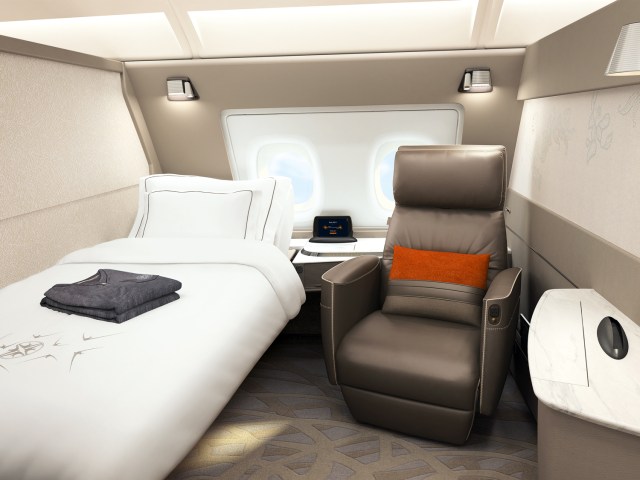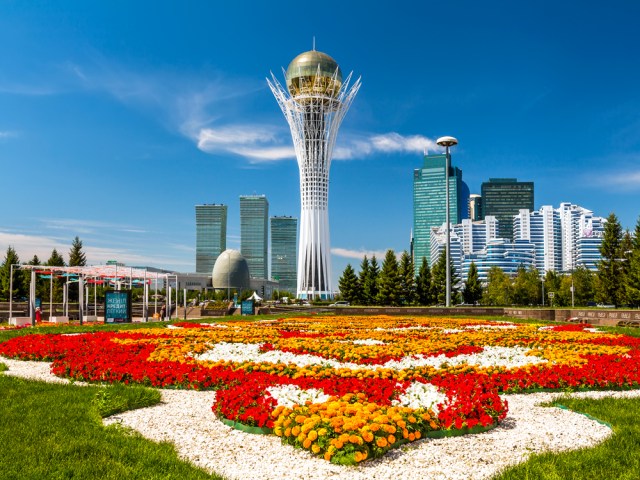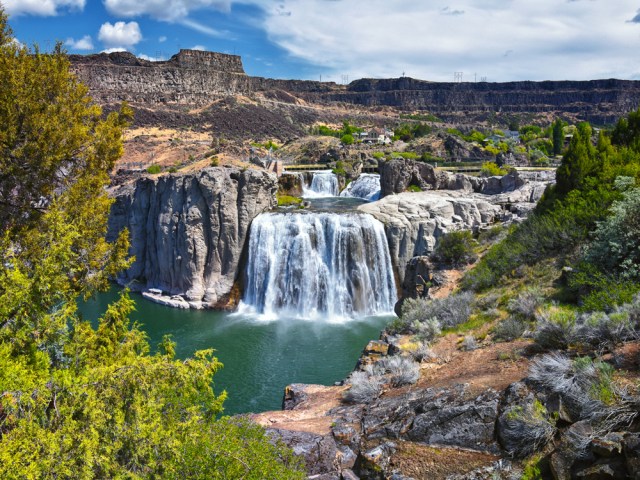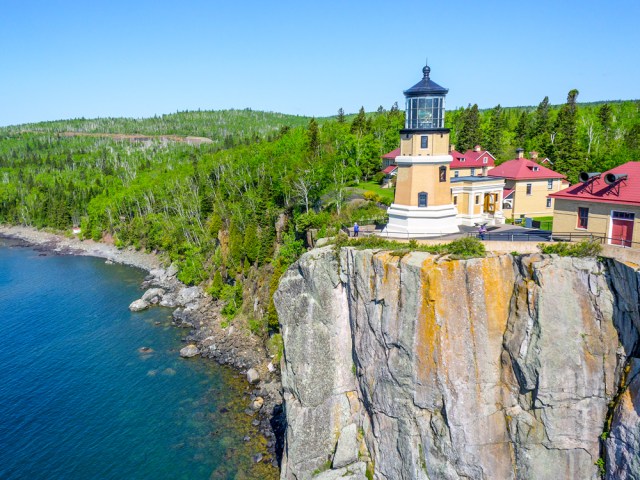Baroque architecture emerged in Italy during the late 16th century as a new design style that reflected the post-Renaissance years. Inspired by Baroque art, the style popularized dramatic architectural features such as painted frescoes, plasterwork, and large domes. The fad spread across Europe, continuing through the 17th and early 18th centuries, and was often employed in the design of buildings that exuded power, such as palaces and churches. Today, many of these structures are considered architectural masterpieces, with enduring and awe-inspiring design elements that must be witnessed in person to be truly appreciated. Here are seven of the most beautiful Baroque buildings found around the world.
Schönbrunn Palace – Vienna, Austria

The former summer palace of the Habsburgs, Schönbrunn Palace was designed in the early 18th century as an imperial hunting lodge. The grand palace was meant to showcase the immense wealth of one of Europe’s most powerful families, who ruled Austria from the 15th to 20th centuries. The monarchy hosted important ceremonies and events in the palace’s stately rooms, including the massive Great Gallery, which highlights the decorative stucco popularized during the Baroque period.
The palace’s interior is also renowned for its hand-painted ceiling frescoes and extravagant gilded accents. The same symmetry and proportion in the interior design can be found throughout the gardens, which feature geometric patterns and fountains intended to harmonize the outdoor space.
St. Peter’s Basilica – Vatican City
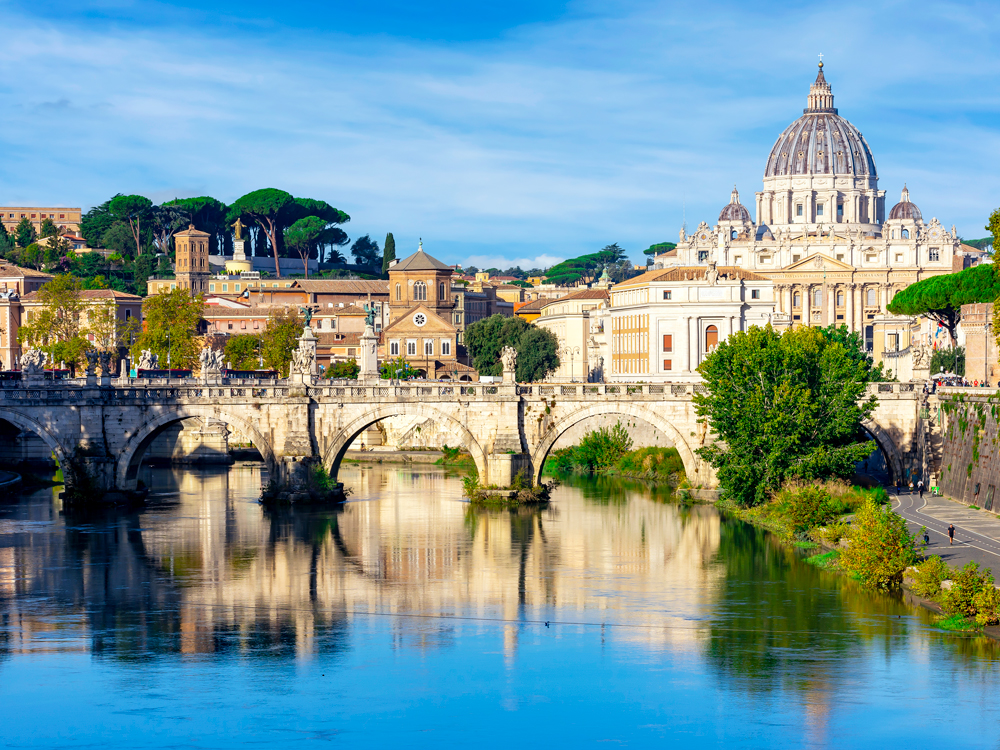
One of the most famous churches in the world is also an early example of Baroque architecture (though it also features many elements of the Renaissance style). Located in Vatican City, St. Peter’s Basilica was designed by none other than Michelangelo himself. Since the church took 120 years to complete, several other important players also contributed to the masterpiece, including architect Donato Bramante, artist Gian Lorenzo Bernini, and painter and architect Raphael.
Both the interior and exterior are adorned in the ornate architectural details that would soon sweep the rest of Europe — including marble, gilt accents, and hand-painted frescoes galore. The dome of St. Peter’s is widely considered a Baroque showpiece, while the large Corinthian columns are characteristic of the typical grandeur associated with the period.
Queluz National Palace – Queluz, Portugal
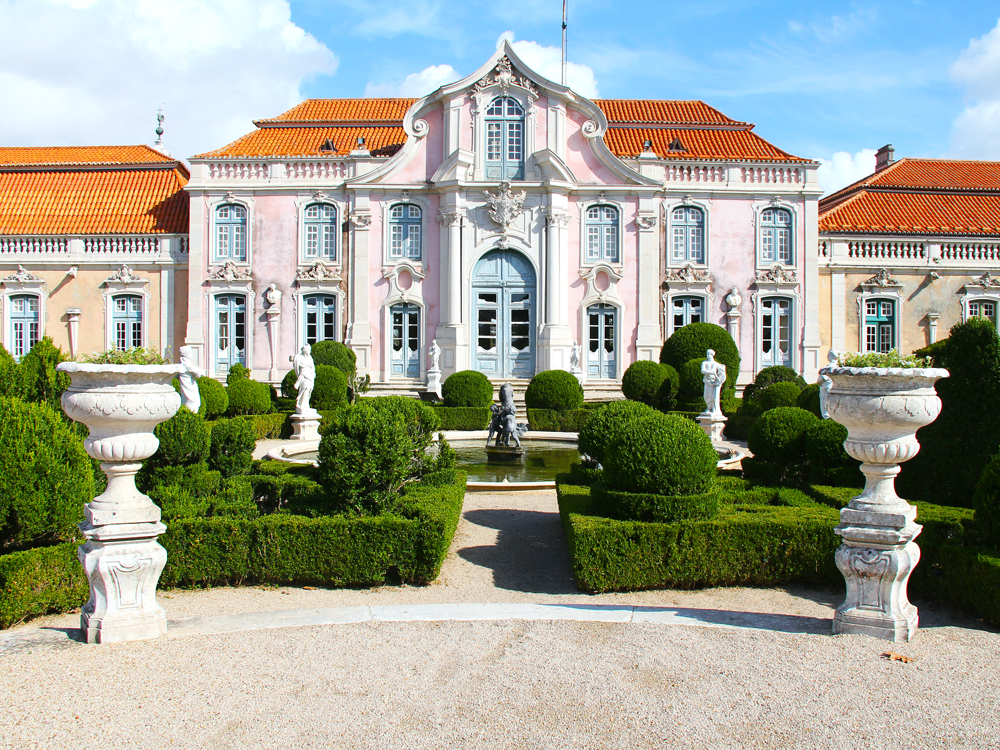
The opulence of Portugal’s Queluz National Palace reflects the height of 18th-century fashion, while showcasing the type of grandeur that was expected from the Portuguese royal family at the time. Despite this grandiosity, both the palace’s interior and exterior are meant to portray a delicate sense of proportion and harmony.
The building, completed in 1760, has a facade that is decorated with matching columns and ornate sculptural details. Its yellow color was popular in both Baroque architecture and art. Meanwhile, the extensive formal gardens feature ornamental hedges, ornate sculptures, and a large central foundation. Interior highlights include elaborate stucco, painted frescoes, and hand-carved woodwork depicting mythological figures.
Theatine Church – Munich, Germany
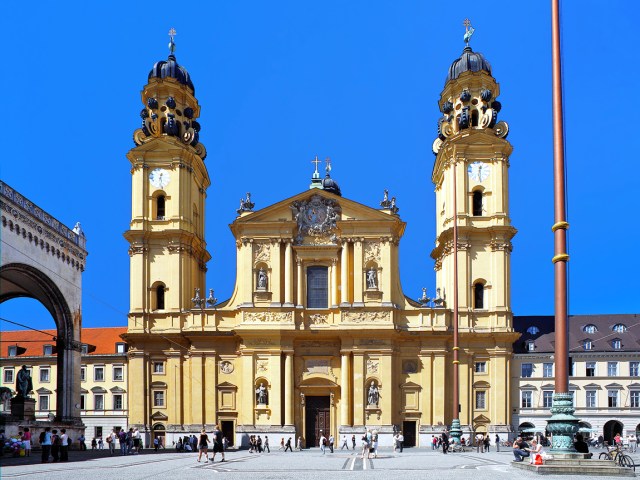
Despite being completed in Munich in 1690, the Theatine Church is a stunning example of the Italian Baroque style. The exterior’s two main features are a yellow facade — a popular choice during the Baroque period that was achieved by using a special kind of plaster — and a large central dome. Theatine’s interior is equally impressive, with hand-painted frescoes and marble altars, including a high altar dedicated to St. Cajetan, an Italian Catholic priest.
Established by the Theatine Order, the building also has special historical significance to Germany’s Catholic culture. It played a significant role in the Counter-Reformation, a period in which Catholics challenged the Protestant movement. Today, it is recognized as one of the most historically significant churches in the city.
Versailles Palace – Versailles, France
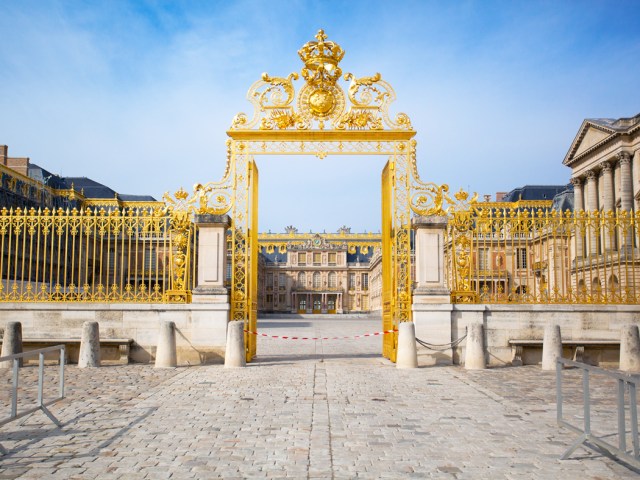
Versailles Palace is one of the most famous Baroque masterpieces in the world. With 700 lavishly decorated rooms, the enormous palace sits on 1,976 acres of land, every inch of which was meticulously designed. Landscaped across various terraces, the Gardens of Versailles were intended to create a sense of beauty and proportion, while still exuding opulence.
The grandeur that defined the Baroque style is also on display throughout the massive interior of Versailles, which features gilded bronze sculptures, complicated stucco work, and palatial staterooms. One of the centerpieces of Versailles, the Hall of Mirrors, was built in 1684 to impress visiting dignitaries and European leaders. Featuring 17 mirrored arches, 30 crystal chandeliers, and a painted ceiling, the famous room has since earned its place in history — the Treaty of Versailles that ended World War I was signed inside the Hall of Mirrors in 1919.
Karlskirche – Vienna, Austria

Emperor Charles IV commissioned Karlskirche (St. Charles Church) to fulfill a promise he made in 1713. Charles IV had prayed for Vienna to be saved from the plague’s devastation, vowing to build a church in honor of St. Charles Borromeo, a healer who worked to combat the illness in Italy.
By 1739, the emperor made good on his word, resulting in one of the most beautiful examples of Baroque architecture in Vienna. The church features an octagonal dome with hand-painted frescoes that depict the life and work of the church’s namesake. There is also a large central statue of Borromeo himself, completed in the Baroque style. Known for its fine acoustics, the church often hosts classical Vivaldi concerts, which is fitting since the famous composer happens to be buried across the street.
Würzburg Residence – Würzburg, Germany
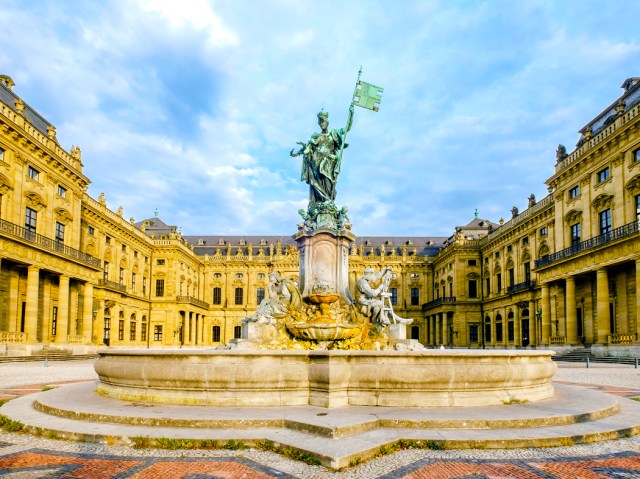
Built for the Prince-Bishops of Würzburg, who ruled from the 12th to early 19th centuries, the Würzburg Residence boasts a stunning Baroque design that has endured throughout centuries, despite being partially damaged in 1945 during Allied bombing raids. Surrounded by elegant formal gardens, the interior oozes 18th-century splendor, with a grand entrance hall, elaborate frescoes, and meticulously designed rooms.
The palace was restored in the 1980s after being named a UNESCO World Heritage Site. The residence’s most famous feature is the ceiling fresco in the Imperial Hall, which depicts the ascension of a Prince-Bishop into heaven. Painted by Venetian artist Giovanni Battista Tiepolo in the mid-18th century, it is considered the artist’s most admired masterpiece, and it is renowned for its movement and drama.










